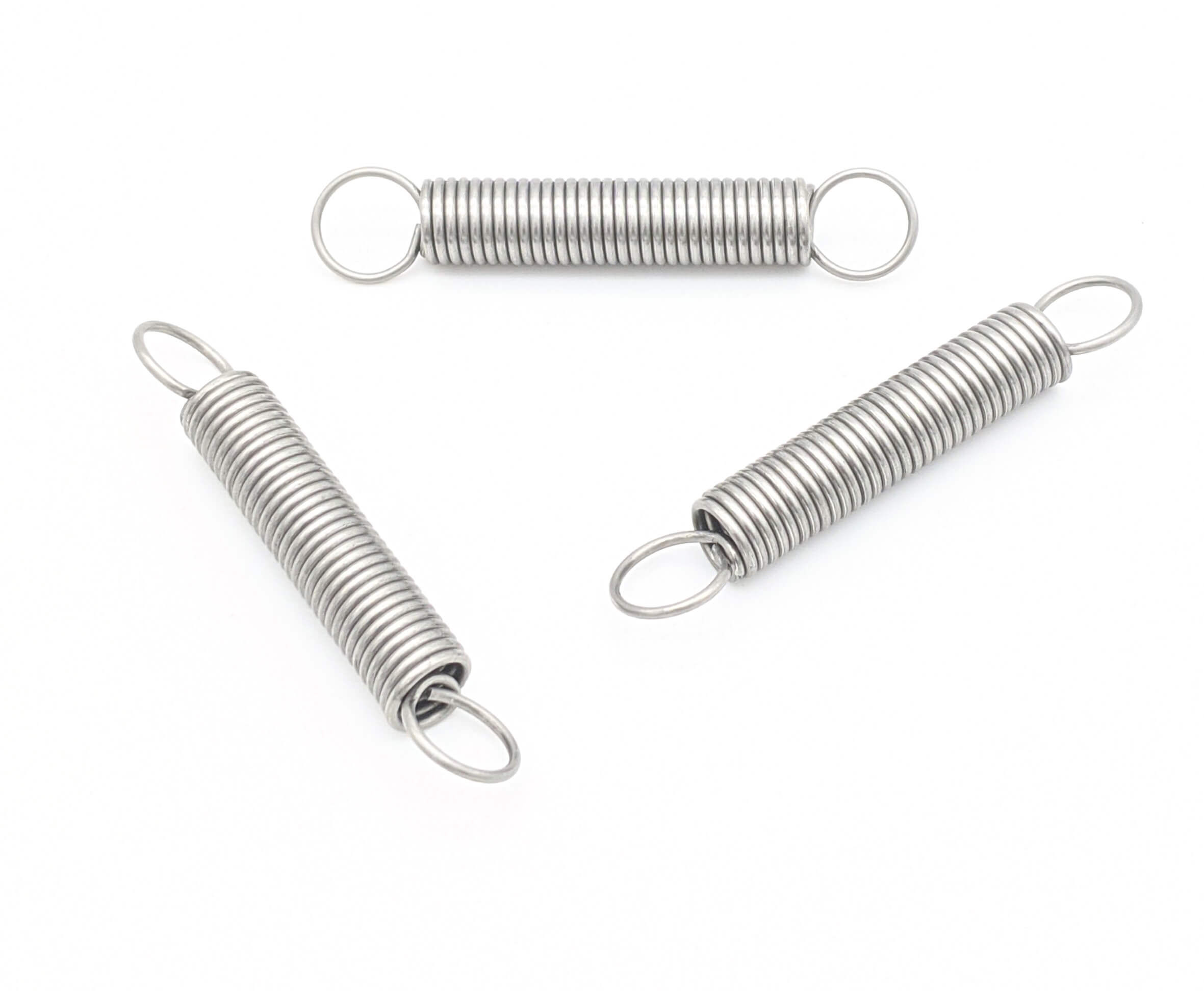Get unique, complex parts easily. No matter your requirements, Chaoyi Spring creates hard-to-produce coil springs and wire forms.
Let us help you create the custom wire form you need, from S-hooks and J-hooks to utility hooks and more.
We work closely with customers across a wide range of industries, helping them design and manufacture made-to-order parts.
Why choose Chaoyi Spring? We prioritize customer-focused collaboration, modern equipment and the latest technology to make your parts per print.
Find the information and guidance you need, from measuring a spring to learning about materials, placing an order and much more.
Spring compression is a fundamental concept in physics that describes the behavior of a spring when subjected to an external force. It is a vital aspect of many engineering applications,


Spring compression is a fundamental concept in physics that describes the behavior of a spring when subjected to an external force. It is a vital aspect of many engineering applications, from the suspension systems of vehicles to the intricate mechanisms of watches. In this article, we'll delve into the intricacies of spring compression, exploring its principles, factors affecting it, and its practical implications. We'll also discuss the interplay between spring compression and Hooke's Law, a cornerstone of spring mechanics.

Imagine a coiled spring, like the ones you find in toys or pens. When you push down on one end, the spring compresses, becoming shorter. This compression is caused by the force you apply, and it's directly related to the spring's stiffness. The greater the force, the more the spring compresses. This simple act embodies the fundamental principle of spring compression.
Robert Hooke, a renowned scientist, formulated a law that elegantly describes the relationship between the force applied to a spring and the resulting compression. This law, aptly named Hooke's Law, states that the force required to compress or extend a spring is directly proportional to the distance it is compressed or extended from its equilibrium position.
Mathematically, this relationship is expressed as: F = -kx
Where:
The negative sign indicates that the force exerted by the spring opposes the applied force, meaning it acts in the opposite direction.
Several factors influence how much a spring compresses under a given force:
Spring compression is a ubiquitous principle in engineering and everyday life. Here are some examples:
While Hooke's Law provides an excellent approximation for the behavior of many springs under normal conditions, it has its limitations. Some springs may exhibit nonlinear behavior, meaning their compression is not directly proportional to the force applied. This can occur under extreme forces or when the spring material reaches its elastic limit. In these cases, more complex models are needed to accurately describe the spring's compression behavior.
Spring compression is a fascinating and essential phenomenon in physics and engineering. Understanding the principles behind it empowers us to design and build devices that rely on its properties. From the simplest toys to the most complex machinery, spring compression is a force that shapes our world. As we continue to explore and innovate, we can expect to see even more ingenious applications of this fundamental concept.
In essence, spring compression is a fundamental principle that governs the behavior of springs when subjected to external forces. Its implications are far-reaching, impacting countless technologies and everyday objects. Understanding the interplay between force, displacement, and the spring constant, along with the factors that influence compression behavior, is crucial for engineers and scientists working in diverse fields. As our understanding of this phenomenon continues to evolve, we can expect to see even more innovative applications of spring compression in the years to come.
Browse some of the custom wire forms and springs that we manufacture. Don’t see what you need? We specialize in made-to-order products that meet your application requirements.
Visit Our GalleryNeed a custom wire form or coil spring? We make it work. Fill out the contact form and a representative will respond within 1 business day. If you have a PDF or CAD file, you can submit to request a quote.